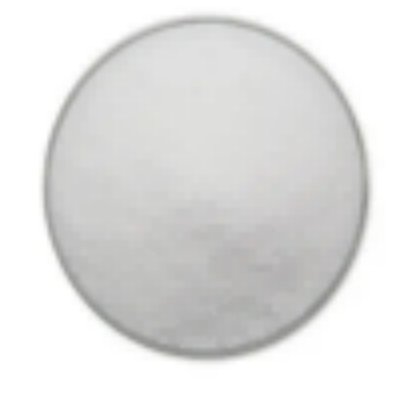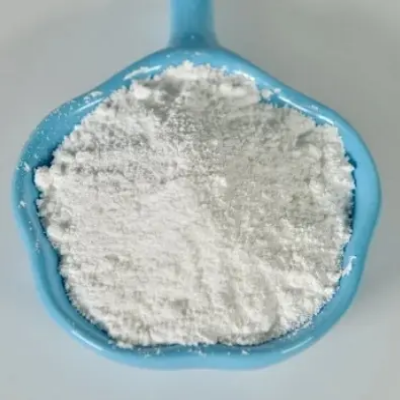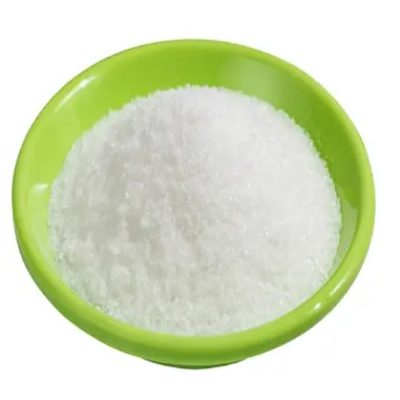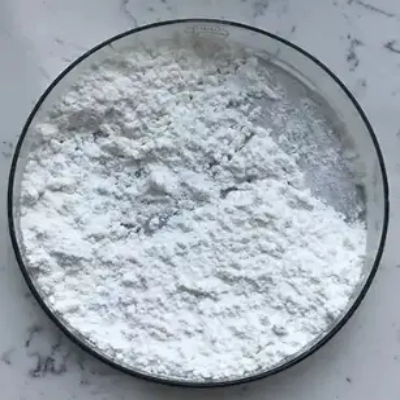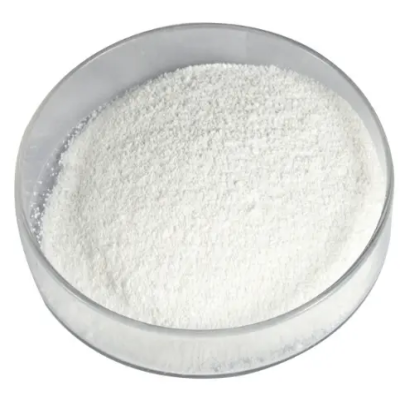1-tert-butyl 3-methyl 6-methylpiperidine-1,3-dicarboxylate CAS:1243307-21-2
The synthesis of 1-tert-butyl 3-methyl 6-methylpiperidine-1,3-dicarboxylate typically involves synthetic routes utilizing commercially available starting materials. Common methods may include the condensation of tert-butyl 3-methylpiperidine-1,3-dicarboxylate with methylamine, followed by tert-butylation to introduce the tert-butyl group. Analytical techniques such as NMR, IR, and mass spectrometry are employed to confirm the compound's structure and purity. Molecularly, 1-tert-butyl 3-methyl 6-methylpiperidine-1,3-dicarboxylate features a piperidine ring substituted with tert-butyl and methyl groups at specific positions. The presence of two carboxylate groups adds polarity and potential for hydrogen bonding interactions, influencing its pharmacokinetic properties and biological activity. Pharmacological Significance and Potential Applications The structural complexity of 1-tert-butyl 3-methyl 6-methylpiperidine-1,3-dicarboxylate makes it a promising candidate for pharmaceutical research. Piperidine derivatives have been explored for various pharmacological activities, including as antipsychotics, analgesics, and antihypertensives. The presence of the tert-butyl and methyl groups may influence the compound's lipophilicity and metabolic stability, affecting its absorption, distribution, metabolism, and excretion. 1-tert-butyl 3-methyl 6-methylpiperidine-1,3-dicarboxylate may serve as a scaffold for the development of novel therapeutic agents targeting neurological disorders, pain management, and cardiovascular diseases. Its structural diversity offers opportunities for structure-activity relationship studies to optimize pharmacological properties and enhance therapeutic efficacy. In conclusion, 1-tert-butyl 3-methyl 6-methylpiperidine-1,3-dicarboxylate presents a complex molecular scaffold with significant pharmaceutical implications. Further research into its synthesis, pharmacology, and medicinal chemistry is warranted to fully explore its therapeutic potential and applications in drug discovery and development.



| Composition | C13H23NO4 |
| Assay | 99% |
| Appearance | white powder |
| CAS No. | 1243307-21-2 |
| Packing | Small and bulk |
| Shelf Life | 2 years |
| Storage | Store in cool and dry area |
| Certification | ISO. |





